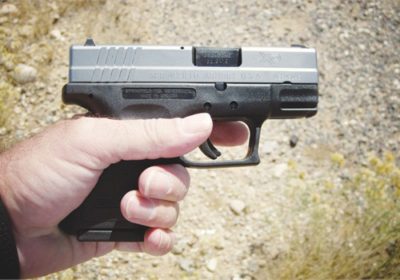

| Visitors Now: | |
| Total Visits: | |
| Total Stories: |

| Story Views | |
| Now: | |
| Last Hour: | |
| Last 24 Hours: | |
| Total: | |
4 Reasons To Consider A Subcompact Pistol

The subcompact pistol is nothing new — .38 snub-nosed revolvers with 2-inch barrels have been around for over 50 years, and pistols that were relatively compact (but not subcompact) such as the Colt Officer’s model are also old timers.
There has never been, however, more varied choices in the realm of subcompact pistols than there are today, in part due to the proliferation of the concealed weapons movement. With every state now allowing concealed weapons carry in some form or another, more people are carrying, and subsequently, people are realizing that the sheer size of the pistol they happen to have in their nightstand is too big for daily carry.
Additionally, subcompacts are now offered in smaller, thinner packages than ever before, and also, can be had in some serious showstopper calibers such as .357 Magnum and .45 ACP, which was unheard of even 20 years ago. Previously, a subcompact pistol meant that it needed to be chambered in a weak caliber such as .25 auto or .380; now, it is common to find subcompacts in 9mm and .40S&W among other calibers. Why consider a subcompact in the first place? To be honest, if you are a tactical shooter such as military or law enforcement and you wear a gun exposed on your hip, you’ll most likely have little need for a subcompact, other than as a backup weapon.
Source: http://www.offthegridnews.com/2013/10/28/4-reasons-to-consider-a-subcompact-pistol/


